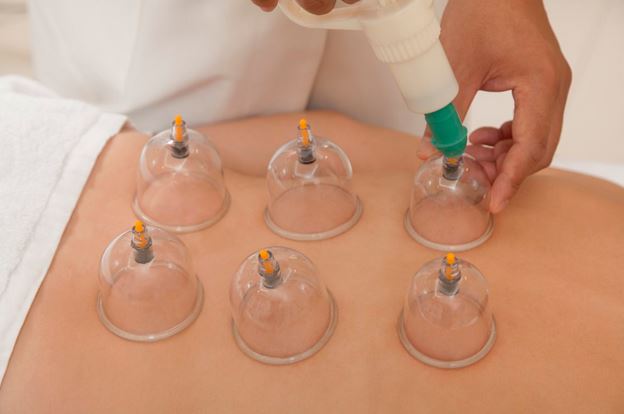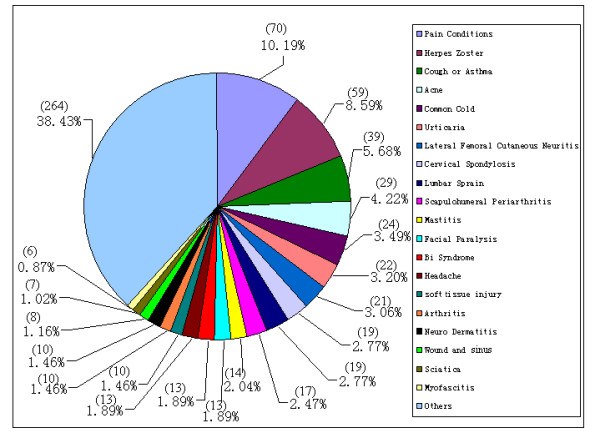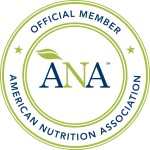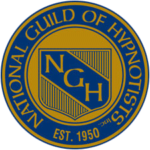
This article is very educational and being shared here for educational purposes, to promote study and research, raise awareness and for posterity. Please visit the source of this article URL found at the bottom of this page.
By Bill Reddy, L.Ac., Dipl.Ac. (NCCAOM)®
Director, Integrative Health Policy Consortium
The Summer Olympics in Rio and elite athletes like Michael Phelps and Alex Naddour have put cupping in headlines across the country. However, the news about cupping has included mixed statements about the scientific proof of its effectiveness. The National Institutes of Health (NIH) National Library of Medicine (PubMed) database contains roughly 300 studies that include cupping and “wet” cupping (aka hijama) originating from Chinese and Arab traditional medicine.
The gold standard in medical research circles is the Randomized Controlled Trial (RCT), where the results of a particular intervention are studied relative to no treatment or placebo, but this method has significant limitations in the study of cupping. For example, there is no placebo in cupping. Either you have a cup placed on the body and a suction applied, or you don’t. Furthermore, neither the practitioner nor the patient can be “blinded” from the study process or elements, so cupping therapy cannot be evaluated like a one would to study a pharmaceutical drug versus a sugar pill.
Cupping is used in over 60 countries to treat a broad spectrum of conditions such as headaches, musculoskeletal pain, infections, insect bites, hypertension, respiratory conditions, skin disorders, digestive problems, and infertility. Dr. William Osler, considered the Father of Modern Medicine and one of the founders of Johns Hopkins Hospital, recommended cupping for bronchopneumonia and acute myelitis in the early 1900’s.1
There are several theories on the mechanisms of cupping. Skin is well vascularized – meaning it has a rich blood supply, and the applied suction has been found to increase circulation through dilating capillaries causing them to rupture – which causes the tell-tale circular bruises – and to promote lymphatic circulation.2,3 Cupping also exerts a positive effect on regulating the immune system and controlling inflammatory processes.4
In a recent press release, the NIH referred to a 2015 systematic review and meta-analysis of cupping that concluded, “cupping could be effective in treating the pain and disability associated with chronic neck pain and chronic low-back pain in the short term.” In a study of 70 patients suffering from tension and migraine headaches, the application of wet-cupping improved 95 percent of the cases reducing the severity of the headaches by an average of 66 percent, and the patients experienced the equivalent of 12.6 fewer days of headache per month.2 Unquestionably, those results indicate cupping is a very safe and powerful non-pharmacological approach.
In 2010, Chinese researchers performed a systematic review of cupping literature identifying 4,696 citations, paring down to 550 clinical studies, the majority of which evaluated cupping therapy for pain conditions.5 The researchers concluded that “the majority of studies show potential benefit on pain conditions, herpes zoster and other diseases. However, further rigorous designed trials in relevant conditions are warranted to support their use in practice.” (Figure 1) This same group of researchers evaluated eight RCT’s involving 651 patients on wet-cupping therapy for the treatment of herpes zoster. The meta-analysis found that the wet-cupping therapy was superior to western medication, and also reduced the incidence of post-herpetic neuralgia.6

Source: http://www.nccaom.org/science-of-cupping/
|
Figure 1*. Health conditions studied in “Clinical research evidence of cupping therapy in China”. |
The data unequivocally show that cupping therapy is far from a placebo, however further investigations must be performed in order to fully understand its mechanism of action. Cupping therapy is practiced by over 25,000 medically board-certified licensed acupuncturists and thousands of massage therapists across the nation and is safe and effective when performed by a properly trained practitioner. To find a board certified, licensed acupuncturist, go to www.NCCAOM.org and click on “Find a Practitioner.”
| 1. | Osler, W. The Principles and Practice of Medicine. 11th rev. ed. New York, NY: Appleton; 1931;112 , 981. |
| 2. | Zhao, X.X., Tong, B.Y., Wang, X.X., Sun, G.L. Effect of time and pressure factors on the cupping mark color. Zhongguo Zhen Jiu 2009;29 (5), 385e388. |
| 3. | Ahmadi, A., Schwebel, D.C., Rezaei, M. The efficacy of wet- cupping in the treatment of tension and migraine headache. Am. J. Chin. Med.2008; 36, 37e44. |
| 4. | Samadi M., Kave M., Mirghanizadeh S. Study of cupping and its role on the immune system. J Relig Health. 2013;1:59–65. |
| 5. | Cao, H., Han, M., Li, X., et al. Clinical research evidence of cupping therapy in China: a systematic literature review. BMC Complementary and Alternative Medicine. 2010;10:70. doi:10.1186/1472-6882-10-70. |
| 6. | Cao, H., Zhu, C., Liu, J. Wet cupping therapy for treatment of herpes zoster: a systematic review of randomized controlled trials. Alternative therapies in health and medicine. 2010;16(6):48-54.*Figure excerpted from Reference 5, published in PubMed Central. |







